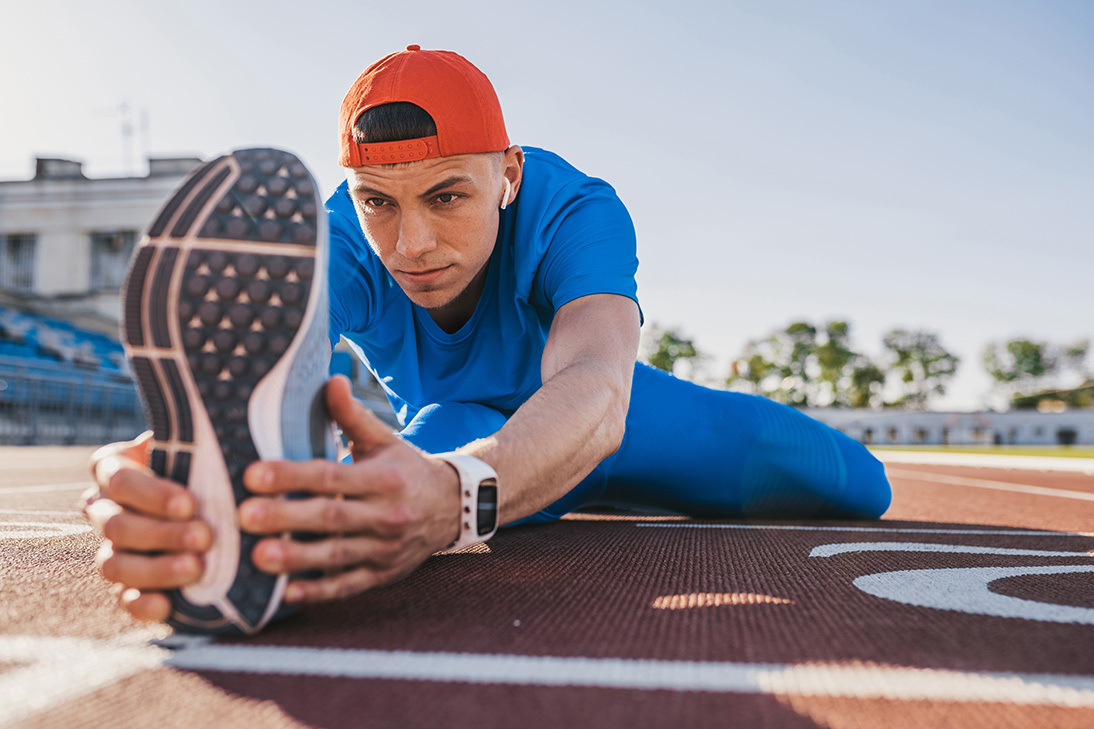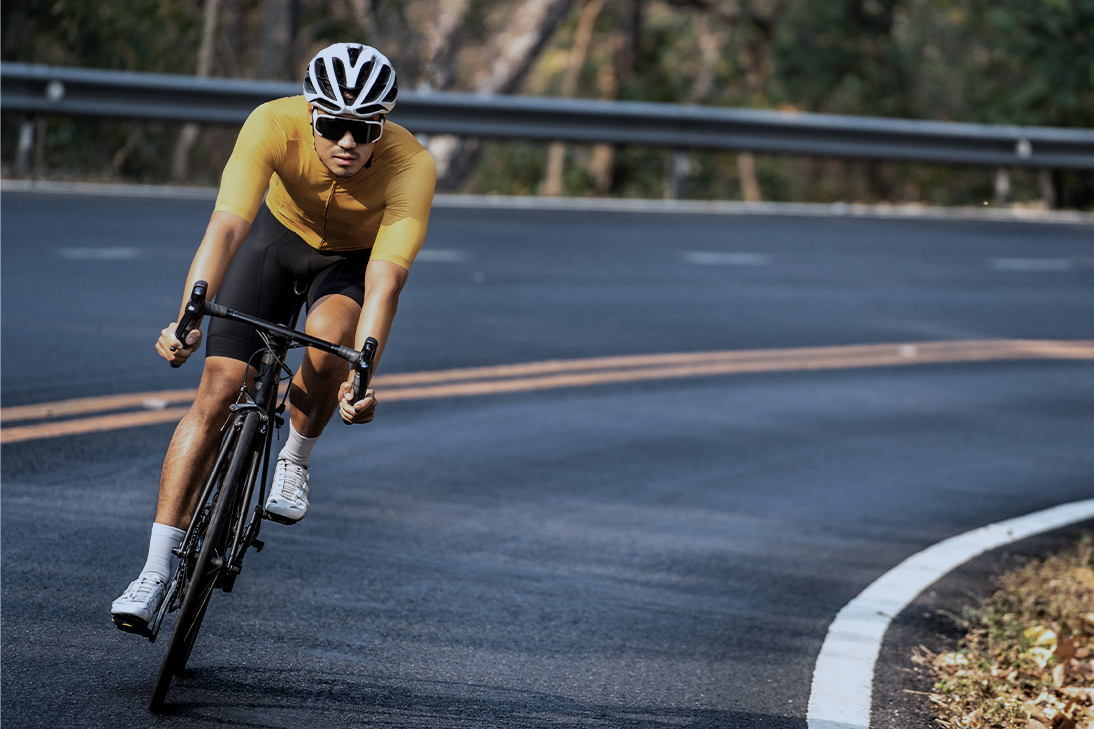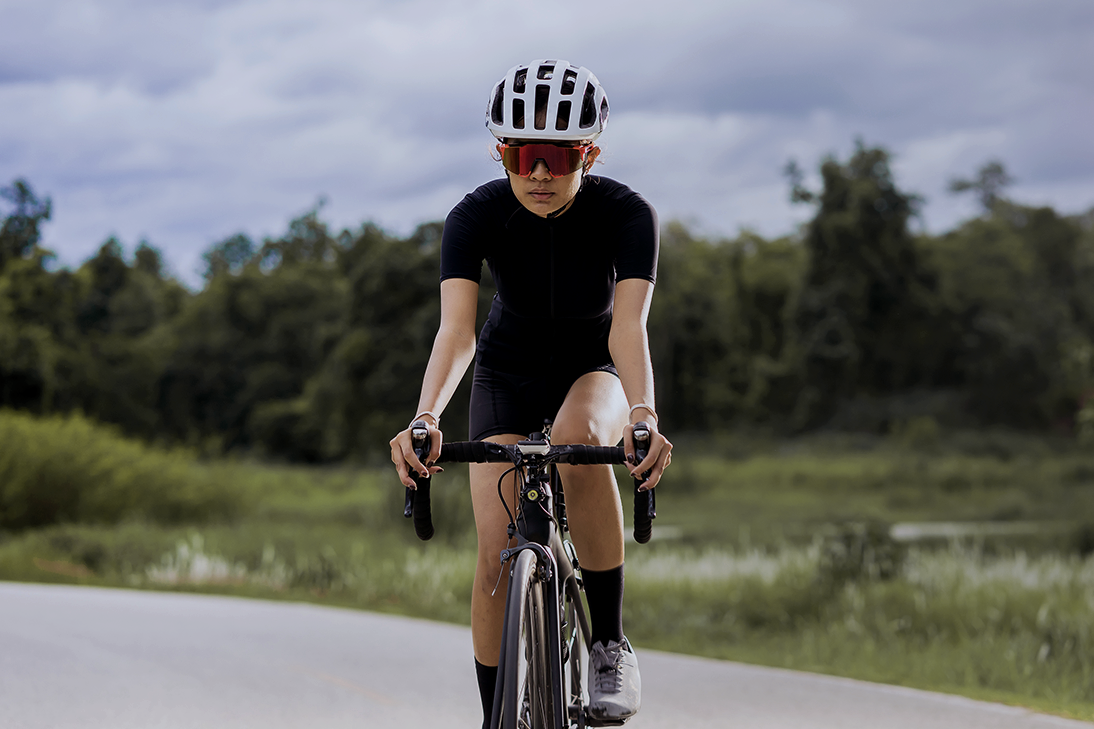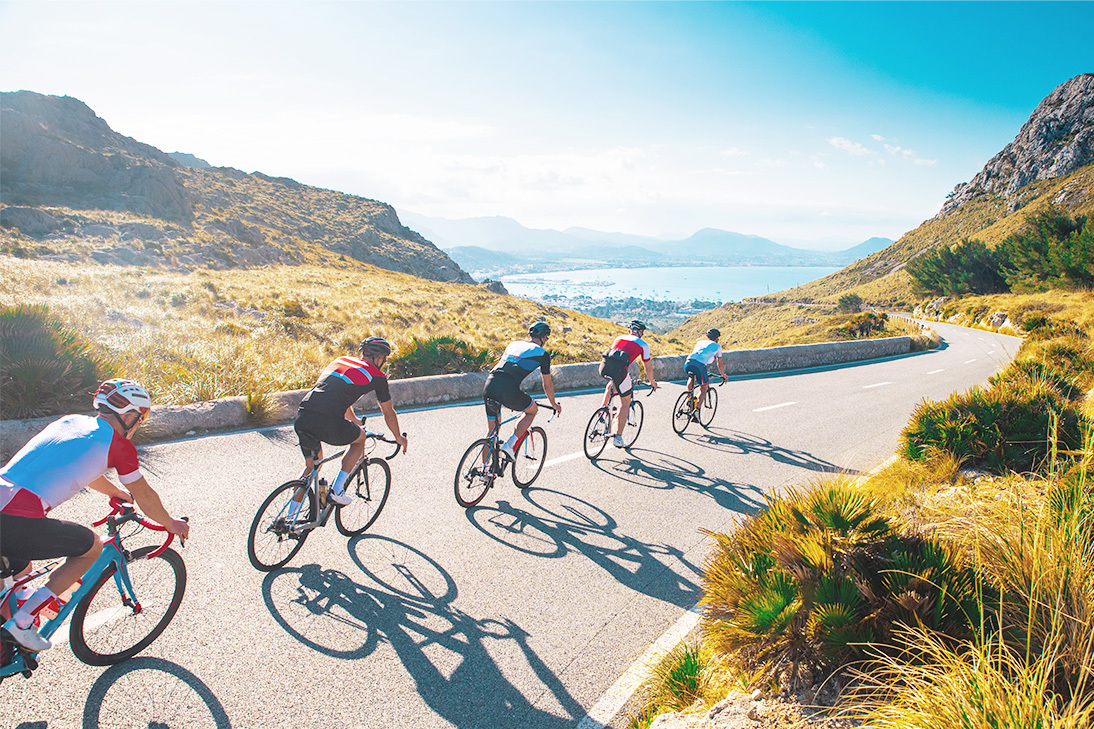We all need motivation to accomplish our endurance sports goals. Heck, we need motivation to wake up each morning. And what is the most effective method to motivate yourself or anyone else to excel? Positive reinforcement. Negative reinforcement, whether it’s an internalized fear of failure or a coach or teammate denigrating or punishing you for not measuring up, is ultimately unproductive. So, where can you find positive reinforcement? Outside of a race result, workout data is the most direct and immediate source of positive motivation available.
Before we go further, let’s review a motivation primer. Motivation or positive reinforcement examples fall into two categories: intrinsic and extrinsic. For many athletes, extrinsic motivation is the desire to win or beat someone in a competition. But it also includes that sense of excitement a novice triathlete feels when they sign up for their first Ironman race or runner experiences when they register for their first marathon. Visualizing the finisher’s medal at a goal race serves as a powerful motivator to do the work needed to physically cross that finish line. Even comparing your workout against others on online communities such as Strava qualifies. Athletes new to a sport and unsure of their capabilities can use these extrinsic motivators to jump-start their endurance careers.
Intrinsic motivation is personal. It’s the desire to improve technique, build more power, develop more stamina, and consistently get faster. It builds confidence. Intrinsic motivation is also more sustainable. (Think of the decades people put into improving their golf game.) It’s also the hallmark of the most successful athletes, which makes sense. When the drive to succeed comes from within, they never run out of motivation to keep working on their sport.
Over time, athletes will draw on both types of positive reinforcement to stay motivated. That first-time marathoner may now set their sights on qualifying for the Boston Marathon (extrinsic) and decide to invest in training to make their running stride as efficient as possible (intrinsic). The same goes for a triathlete who spends more time streamlining their swimming stroke in preparation for their next competition instead of doing high-intensity running workouts on the track.
So, how does Humango fit into the extrinsic or intrinsic equation? First, it asks you to set a goal event to train for (extrinsic). Then Hugo, your digital coach, builds your training program and sets you on your way. As part of any progressive endurance sports training program, you’ll have training zones to stick to and target heart rates, powerwatts (if on a bike), and running paces to hit. When you collect all this data and upload it to Humango, you’ll immediately receive positive feedback in the form of a quantifiable improvement in fitness and cardiovascular stamina.
The data will turn into a positive reinforcement loop as your speed, strength, and endurance improve. The data proves it. And more than likely, you can feel it.
Leverage Your Data To Achieve Better Results
Use the following tips to tune your intrinsic motivation and become your best positive reinforcer.
- Go into each workout with intent, knowing what you want to accomplish. It’s easy to just show up and do the work. It’s more productive to understand what and why you’re doing it. If you have a hard day of intervals, know they’ll be hard. Know that the last interval’s work is more important than the first. Understand that a multi-hour bike ride is not only building endurance, it’s also providing a vital opportunity to learn and tune your hydration and re-fueling needs.
- Get specific and concentrate on a small part of your workout instead of trying to make everything perfect. Try to hold a higher cadence on the bike when climbing. Same with your turnover on your runs. Or you can work on pacing your intervals better so you finish them faster and harder than you started them. These are small victories that a) keep you focused and b) keep you motivated.
- Learn from your failures. Did you blow up during your speed work at the track? Look at your data to see where, why, and how to prevent it from happening again. Did you get blown off the back of the pack on a group ride? Learn from it. See each setback as an opportunity to become smarter about yourself as an athlete.
- Trust and believe in your progress. There will be days and weeks when you feel weak and slow. Fortunately, the data will be there to prove you wrong. Use it to reset your perspective and carry on.














